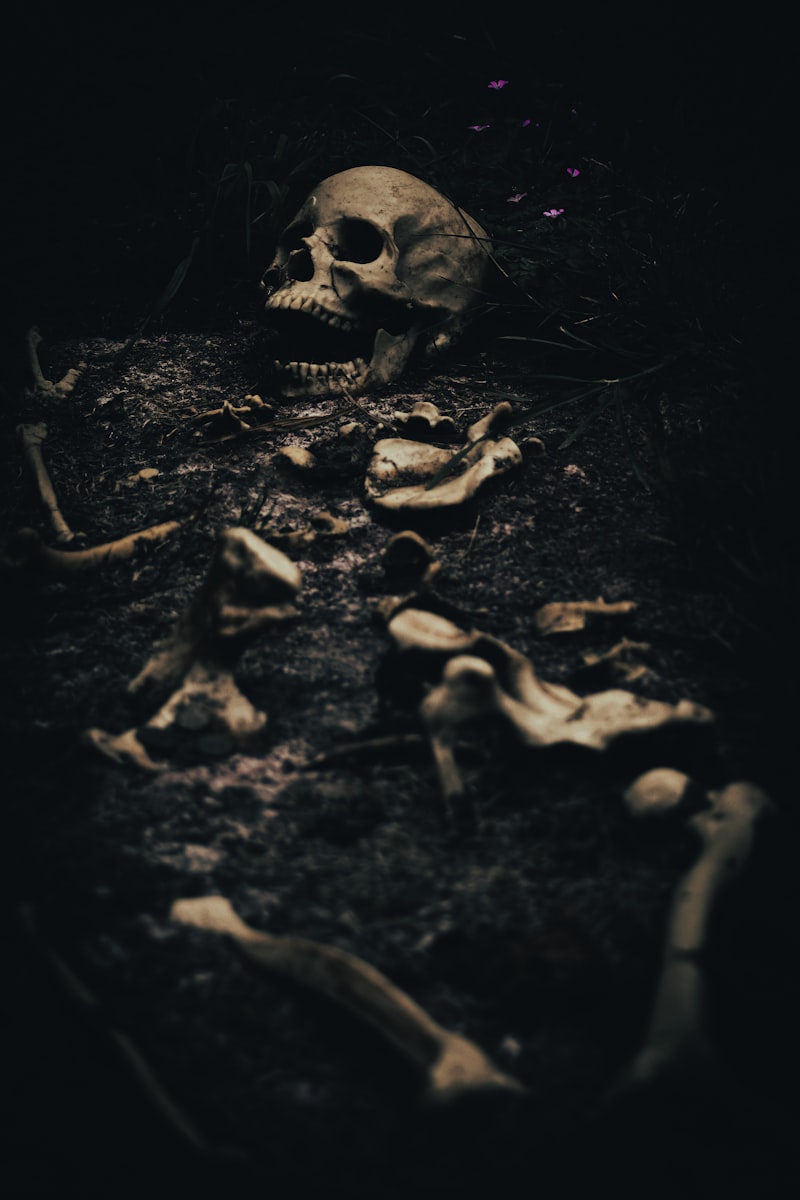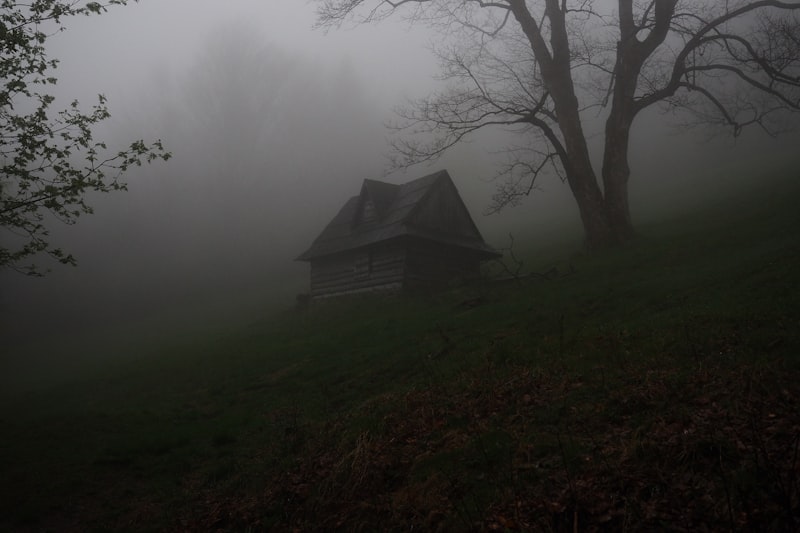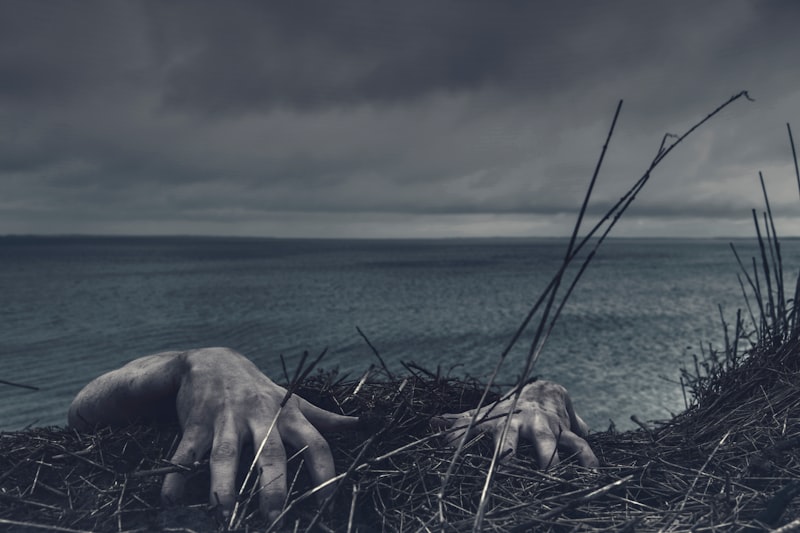Isolation in horror isn’t just about physical remoteness; it’s about psychological separation too. It traps characters in a bubble of uncertainty, where every shadow holds a potential threat and every sound becomes ominous. This psychological isolation heightens the sense of dread, making readers question the sanity of those trapped within.
Think about iconic horror stories like “The Shining” or “Psycho”—both showcase how isolation can drive characters to madness. In these tales, the isolation amplifies every fear and transforms ordinary settings into chambers of terror. It’s as if the characters are marooned in a sea of their own anxieties, with no rescue in sight.
Moreover, isolation serves as a catalyst for exploring deeper themes within horror narratives. It becomes a metaphor for existential dread, reflecting the isolation many people feel in their everyday lives. Just as characters in horror stories face external threats, they also confront their inner demons—fear, guilt, or the unknown—that lurk within the isolated recesses of their minds.
But why does isolation in horror captivate us so? Perhaps it’s because it mirrors our primal fear of being alone, vulnerable, and powerless. It taps into our innate survival instincts, reminding us of our fragility in the face of the unknown. Like voyagers adrift in a storm, characters in isolated settings navigate treacherous waters where danger lurks around every corner.
Beyond the Shadows: How Isolation Amplifies Fear in Horror Stories
In the realm of horror storytelling, isolation serves as a potent amplifier of fear, weaving its chilling narrative threads into the very fabric of the plot. Imagine a dark, desolate cabin deep within a dense forest, where the rustling of leaves becomes ominous whispers and every creaking floorboard heralds unseen terrors. This setting, isolated and cut off from the reassuring lights and sounds of civilization, sets the stage for primal fears to unfurl.

Isolation strips away the comfort of companionship and safety in numbers, leaving characters vulnerable and exposed to the unknown. It heightens the senses, making every shadow seem deeper, every sound more sinister. In this heightened state, ordinary objects—a flickering candle, a sudden draft—take on ominous meanings, fueling the reader’s or viewer’s imagination with dread.
Furthermore, isolation deepens the psychological impact of horror. Characters trapped in remote locations face not only external threats but also their own internal demons. The fear of the unknown intensifies as they grapple with their isolation, their minds becoming fertile ground for paranoia and hallucinations. In this way, isolation becomes a powerful tool for storytellers to delve into the darkest recesses of human psyche.
Consider classic horror tales like Stephen King’s ‘The Shining’ or H.P. Lovecraft’s ‘The Dunwich Horror’, where isolated settings—be it a haunted hotel or a secluded village—become characters in their own right, breathing life into the fear that permeates the narrative. These stories leverage isolation to create an atmosphere where horror thrives, where every turn of the page or scene change brings a palpable sense of unease.

Ultimately, in horror storytelling, isolation acts as a force multiplier for fear, heightening tension and suspense to spine-chilling levels. It transforms ordinary settings into battlegrounds of terror, where protagonists must confront not only external threats but also the darkness within themselves.
This article uses a conversational tone, engages the reader with rhetorical questions and vivid imagery, and explores the psychological impact of isolation in horror stories.
The Haunting Silence: Exploring Isolation as a Key Element in Horror Narratives

Have you ever felt the eerie chill of isolation creeping up your spine? In the realm of horror narratives, isolation serves as more than just a backdrop—it’s a fundamental element that amplifies fear and suspense to spine-tingling levels. Picture this: a lone cabin in the woods, surrounded by an endless sea of trees, where the nearest sign of civilization is miles away. The silence is deafening, broken only by the occasional rustle of leaves or distant howl of a nocturnal creature. This setting immediately sets the stage for a psychological thriller where every creak of the floorboard or whisper of the wind becomes a potential harbinger of dread.
Isolation not only isolates characters physically but also mentally and emotionally. Stripped of the comfort of companionship, characters in these narratives often face their deepest fears and vulnerabilities head-on. Their isolation becomes a mirror reflecting their inner turmoil and darkest secrets. This psychological depth not only adds layers to the storyline but also invites readers or viewers to contemplate their own fears and limitations.
In horror tales, isolation transforms ordinary spaces into haunting battlegrounds. A deserted hospital wing at night or an abandoned mansion shrouded in mist becomes a stage where the unknown lurks in every shadow. The absence of human presence heightens the senses, making every flicker of light or distant sound an ominous sign. This heightened awareness keeps audiences on edge, anticipating the next chilling revelation.
Moreover, isolation in horror narratives plays on primal fears ingrained in human nature. It taps into our fear of the unknown and our instinctive need for safety in numbers. When characters are cut off from the world, the rules of reality seem to bend, allowing supernatural forces or psychological horrors to take center stage. This suspension of disbelief further immerses audiences in a world where anything can happen, and no place is truly safe.
Isolation isn’t just a setting in horror narratives—it’s a catalyst that intensifies fear and suspense, plunging characters and audiences alike into a gripping tale of survival against unimaginable odds. It invites us to explore the darker corners of human existence and challenges our perceptions of reality. So, the next time you find yourself alone in the silence, remember: sometimes, the scariest things are the ones we can’t see coming.
Lost in the Dark: Isolation’s Power to Heighten Dread in Horror Films
In the realm of horror films, darkness and isolation serve as potent tools to evoke fear and suspense among viewers. Imagine yourself stranded in an abandoned mansion, the only light flickering from a dying candle. Your heart races as every creak and whisper in the shadows amplifies your dread. This visceral experience of fear stems from the primal fear of the unknown, heightened by the sense of isolation that permeates such settings.
Isolation plays a crucial role in horror films by stripping away the comforts of companionship and safety. Characters find themselves alone in eerie forests, desolate towns, or haunted houses, cut off from civilization and help. This seclusion intensifies their vulnerability, making every sound and movement a potential threat. As viewers, we are drawn into their plight, sharing their fear of what lurks in the darkness just beyond their sight.

The power of isolation lies in its ability to magnify the psychological impact of fear. When characters are isolated, their senses are heightened, and every small noise becomes ominous. The absence of human contact amplifies their sense of helplessness, making their eventual encounters with terror all the more terrifying. It’s the feeling of being watched, the echoing footsteps, or the distant howl that sends shivers down our spines, knowing that escape is not an easy option.
Horror films masterfully use isolation to create an atmosphere of dread that lingers long after the credits roll. By trapping characters in remote locations or confining them to claustrophobic spaces, filmmakers immerse us in a world where there is no sanctuary from the unknown. The darkness becomes a character in itself, concealing threats and heightening the tension until the inevitable confrontation.
Alone in the Unknown: Why Isolation Is a Fundamental Element of Horror
Imagine walking through a dimly lit hallway, the floor creaking beneath your feet. You can hear every sound amplified – the distant drip of water, the whisper of wind outside. Your heart races as you realize you’re alone. This sense of isolation is not just a backdrop in horror; it’s the very essence that sends chills down our spines.
In the realm of horror, isolation serves as a potent tool for fear. It strips away the safety of numbers and plunges characters – and by extension, us – into a world where helplessness reigns supreme. When a protagonist finds themselves isolated, cut off from civilization or companionship, their vulnerability becomes palpable. Every shadow becomes a potential threat, every noise a possible harbinger of doom.
Consider classic horror settings like haunted houses or desolate landscapes. These places are not merely settings; they are characters in their own right, influencing the narrative with their eerie silence and unknown dangers. The isolation they impose heightens our senses, making us acutely aware of every flicker of movement or unexpected sound.
Moreover, isolation plays on our primal fears. As social beings, we find safety in numbers and comfort in companionship. When characters in horror stories are isolated, they are deprived of this safety net. They face horrors alone, left to confront their deepest fears without anyone to share the burden.
In films and literature, isolation is often symbolized by physical remoteness – a cabin in the woods, a spaceship drifting in space, or a remote village shrouded in mist. These settings emphasize the characters’ separation from the familiar and the known, plunging them into an abyss of uncertainty.
Ultimately, isolation in horror serves a dual purpose: it intensifies the psychological impact on characters while also resonating deeply with our own fears of being alone in the face of the unknown. It reminds us that in the darkest corners of our imagination, where isolation reigns supreme, fear takes on a life of its own.
Frequently Asked Questions
Why do horror films often use isolated settings
Learn why horror films frequently choose isolated settings and how this enhances the suspense and fear factor for viewers.
What are common examples of isolation in classic horror movies
Explore common examples of isolation in classic horror movies, where characters are often stranded in remote locations or trapped in eerie settings, heightening suspense and fear.
How does isolation contribute to suspense in horror storytelling
Learn how isolation intensifies suspense in horror storytelling by heightening characters’ vulnerability and amplifying the unknown. Discover its pivotal role in creating a chilling atmosphere and increasing audience anticipation.
How does isolation intensify fear in horror narratives
This FAQ description explores how isolation amplifies fear in horror narratives. It focuses on how removing characters from familiar settings heightens tension and enhances the psychological impact of fear-inducing situations. The explanation highlights the role of isolation in creating a sense of vulnerability and deepening the atmospheric dread characteristic of effective horror storytelling.
What is the significance of isolation in horror stories
Discover why isolation plays a crucial role in horror stories, shaping suspense and intensifying fear by trapping characters in environments devoid of safety or escape.


